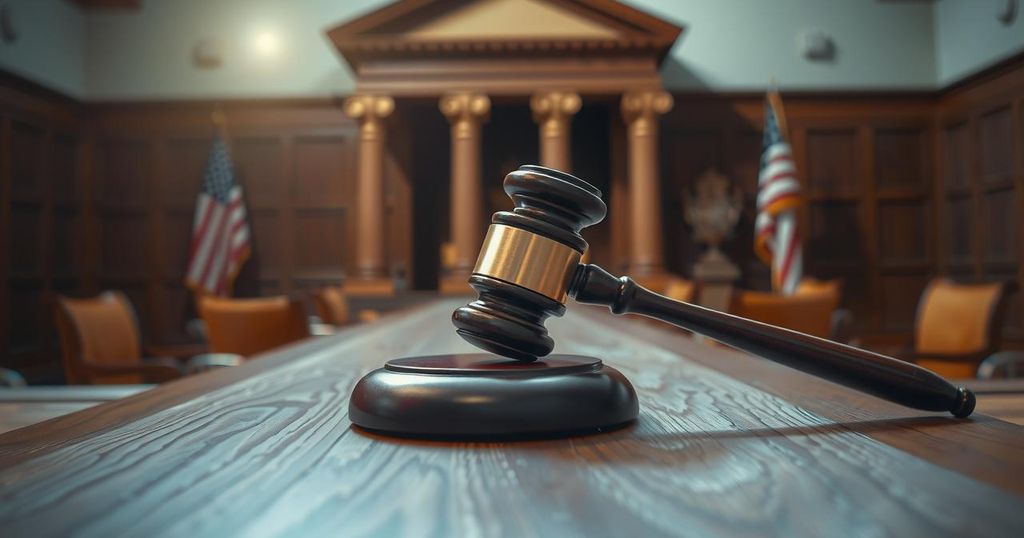Wisconsin Supreme Court Election of 2025: A Pivotal Political Showdown

The Wisconsin Supreme Court election in April 2025, featuring liberal Susan Crawford and conservative Brad Schimel, is expected to be a pivotal political battle with significant funding and implications for abortion rights and labor policies. The election will serve as a referendum on partisan divides under Trump’s presidency and could shape future judicial decisions in a key swing state.
The Wisconsin Supreme Court election, scheduled for spring 2025, will fill a vital seat and is shaping up to be a significant political contest, fueled by extensive funding and high stakes. This election, featuring liberal candidate Susan Crawford and conservative candidate Brad Schimel, will test public sentiment toward partisan politics amidst the Trump presidency, particularly regarding contentious issues like an 1849 abortion ban.
The race promises to exceed the previous record campaign expenditure of $51 million, with substantial contributions from influential figures, such as George Soros and Diane Hendricks. Both candidates have rallied considerable support, with recent ad buys from backers such as Elon Musk’s affiliated group. Political analysts anticipate a major electoral showdown that reflects broader national tensions.
This judicial election encapsulates a critical clash in Wisconsin’s political landscape, where current dynamics include a Democratic governor and a Republican-controlled legislature. Political scientists note that the state Supreme Court is a focal point for resolving pivotal issues that resonate with voters, thus heightening the election’s prominence.
Democratic leaders, including former Attorney General Eric Holder and Vice President Kamala Harris’s campaign team, are actively engaging to bolster Crawford’s campaign. Meanwhile, Republican candidates, including Schimel, are keenly pursuing support from Trump’s base, emphasizing his potential endorsement’s value in a critical state.
The contest is seen as a reflection of public sentiment on judicial philosophies, with Democrats framing it as a choice between conservatism and progressive ideals. Each candidate’s track record reflects their philosophical leanings, with Crawford underscoring women’s health decisions and Schimel advocating for constitutional interpretations without judicial activism.
As a crucial swing state, Wisconsin’s electoral history has demonstrated close contests, emphasizing the upcoming Supreme Court race’s significance for both parties. The April election is anticipated to reveal developments in each party’s grassroots enthusiasm and broader electoral strategies amid rising national tensions.
With highly committed funds already pouring into this electoral fight, the race may extend beyond Wisconsin, impacting future legislative and congressional landscapes. Tactical approaches from both parties suggest an intense focus on mobilizing voter engagement and emphasizing key issues pivotal to their electoral strategies, particularly surrounding abortion and workers’ rights.
The upcoming Wisconsin Supreme Court election is poised to be a high-stakes contest influenced by significant campaign funding and pivotal political issues, particularly abortion rights and labor policies. Both liberal and conservative candidates strive to resonate with voters amidst a politically charged environment. With national implications and potential shifts in judicial power at stake, this election represents a microcosm of broader political currents affecting America today.
Original Source: www.cnn.com







